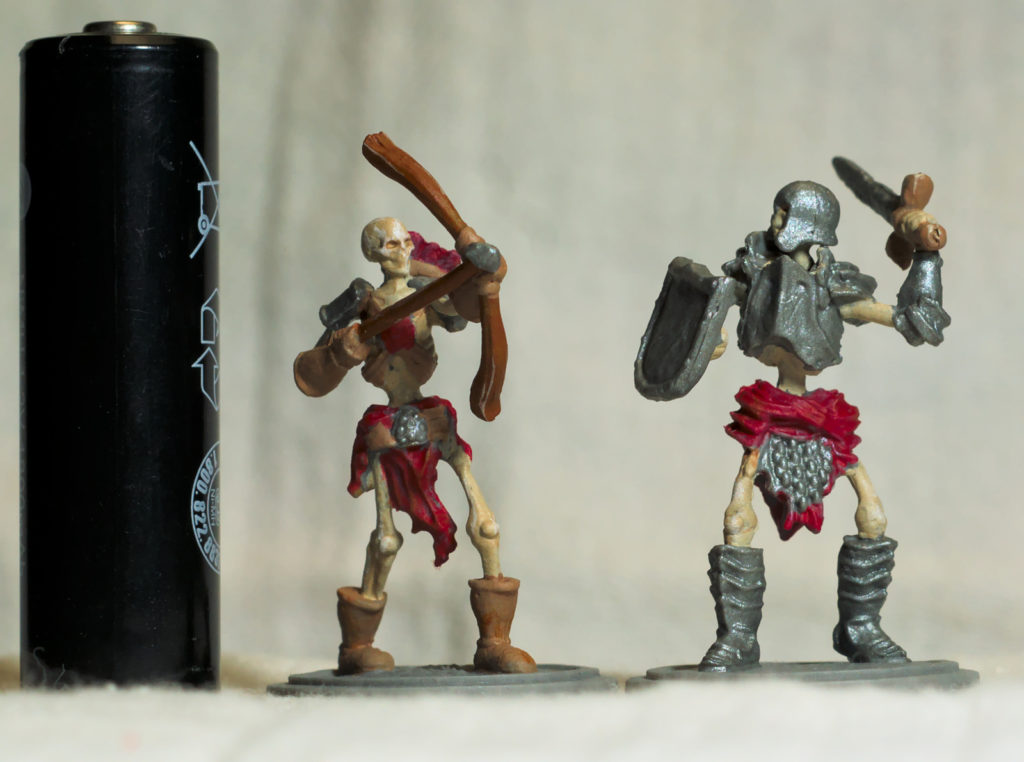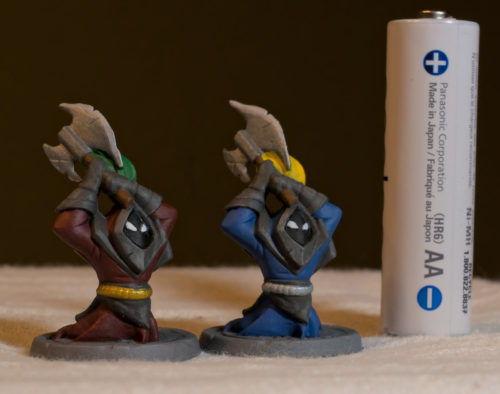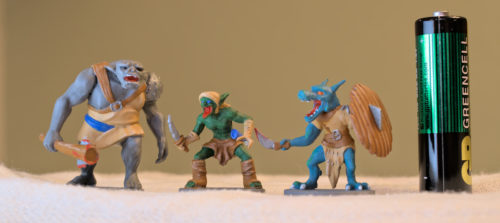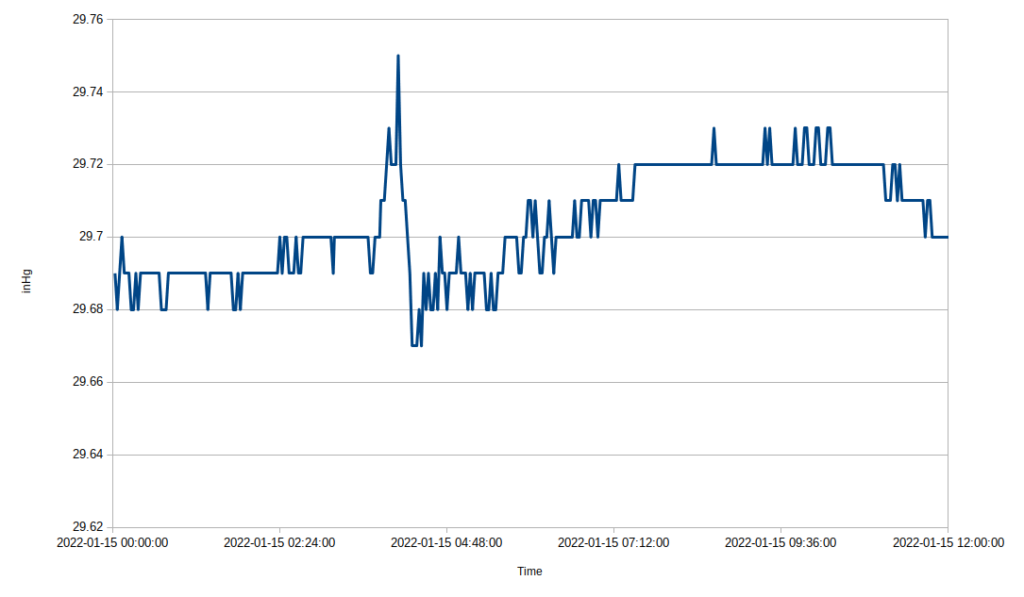At the end of March we started playing the Dungeons & Dragons Starter Set which contains 5 pre-generated characters, a slimmed-down rule book, and the adventure “The Lost Mine of Phandelver.” Heather is playing as Zulak, a human fighter. Jess and Corinne are playing Riswynn, a dwarf cleric. And our friends are Zorien, another human fighter; Ara, an elf wizard; and Reedawn, a halfling rogue. I’m the Dungeon Master.
To make the experience more engaging and fun I used Hero Forge to design and purchase custom miniatures which match each character’s detail. Each miniature has the character name, real name, and the year on the bottom and they’ll keep them as souvenirs when we’re done. I hadn’t purchased anything from Hero Forge before and wasn’t sure what to expect. I ordered the “standard” quality miniatures and I’m really pleased with them. If this is the “standard” quality, the high-quality/high-resolution versions must be really impressive.
Each miniature was $20. Which is a little pricey if you were trying to make an army, but is quite reasonable for a one-off special character at this quality level and customizability (and they are crazily customizable). The Hero Forge UI for customizing the characters is an impressive feat by itself and that you can then have that custom character 3-D printed and shipped to you is really cool.
I probably won’t paint them–maybe I’ll get around to the one’s for Heather and Corinne–but I suggested perhaps we could have a painting party during which each person could choose 2 or 3 parts of the character to paint and provide some pop. I don’t know if that will happen or not though.
I’m quite pleased with them and now I can happily and heartily recommend Hero Forge for custom miniatures.




